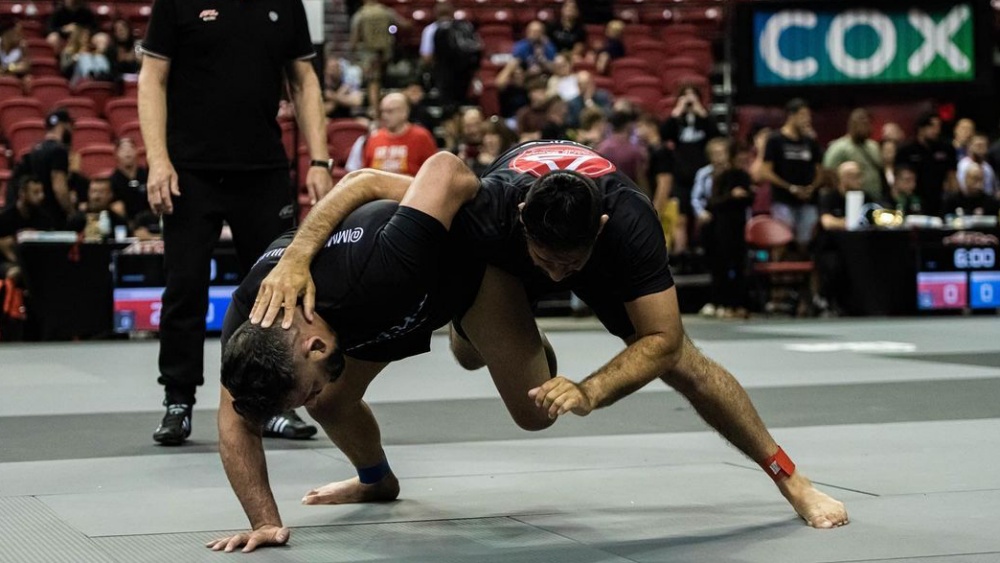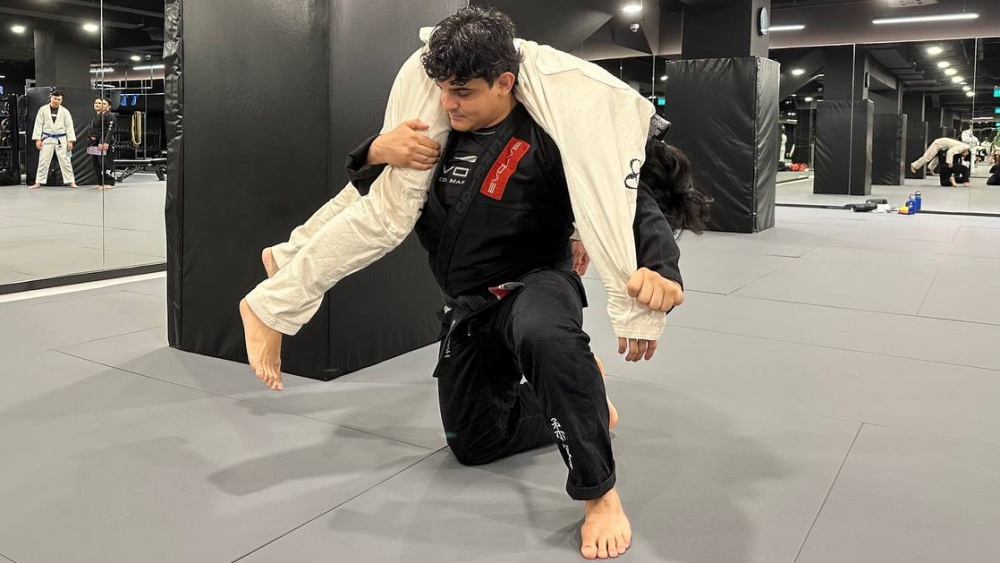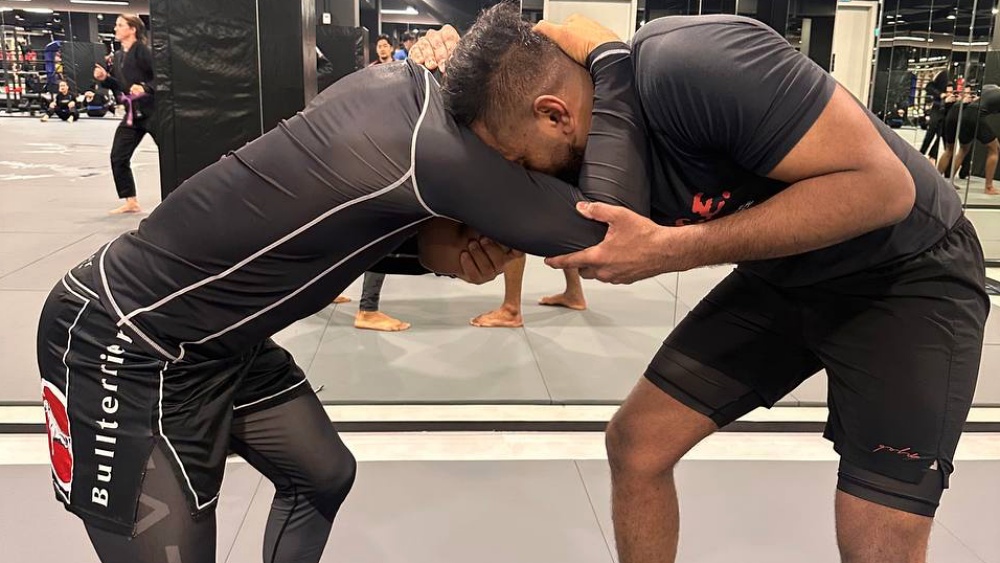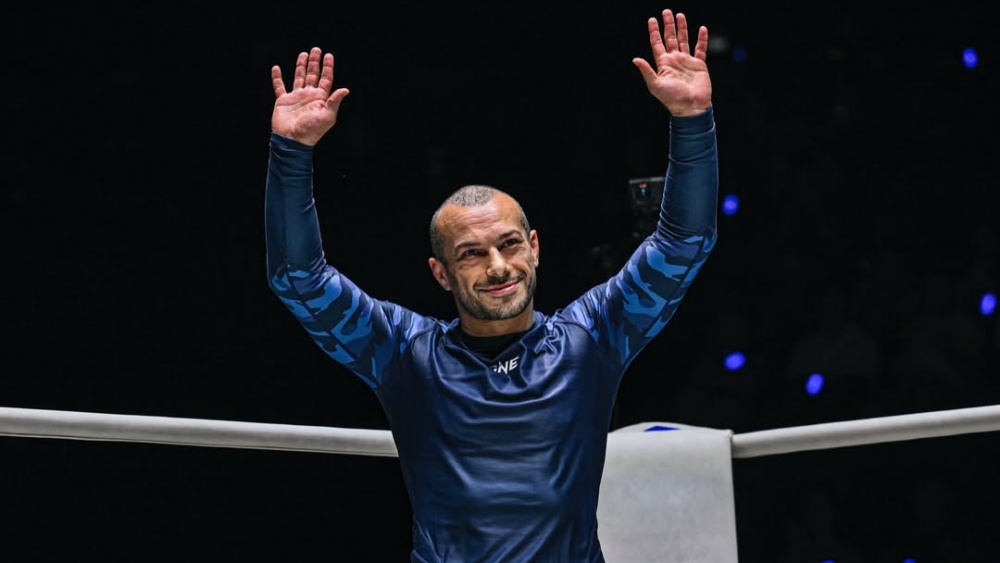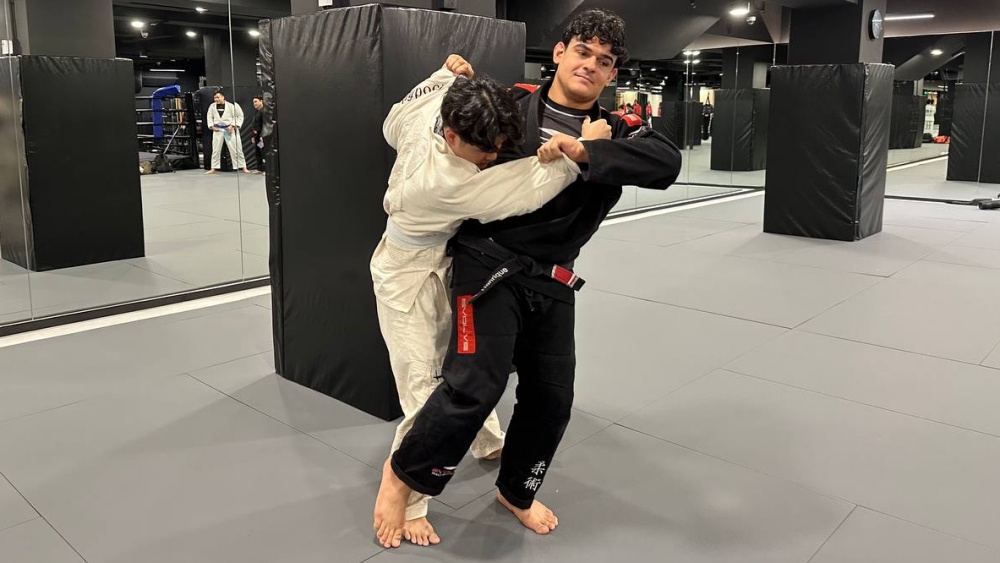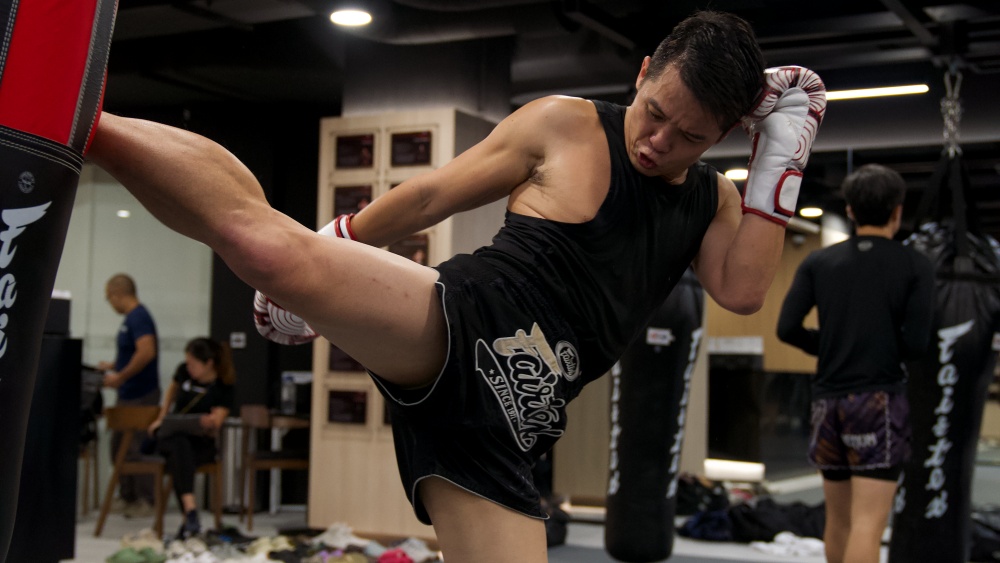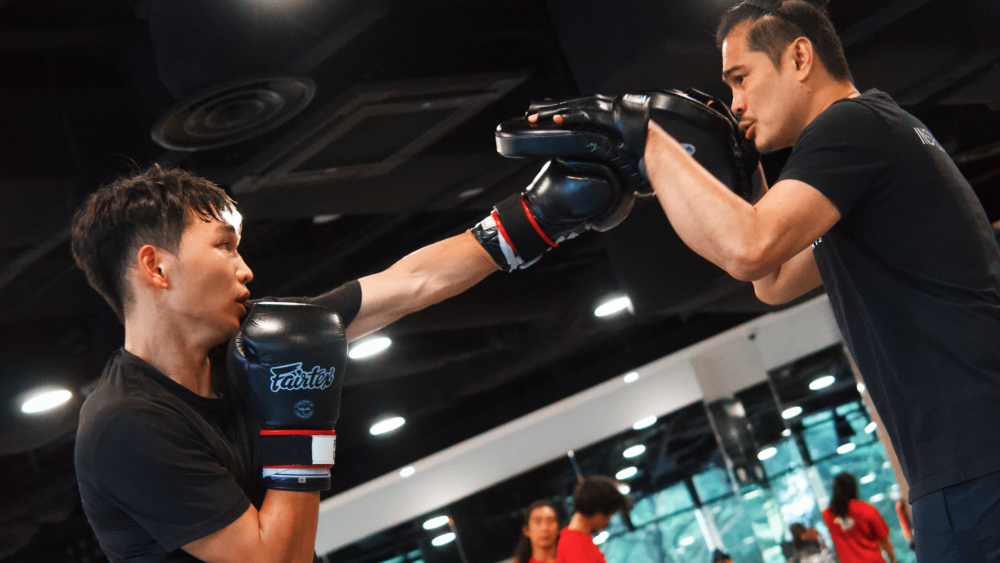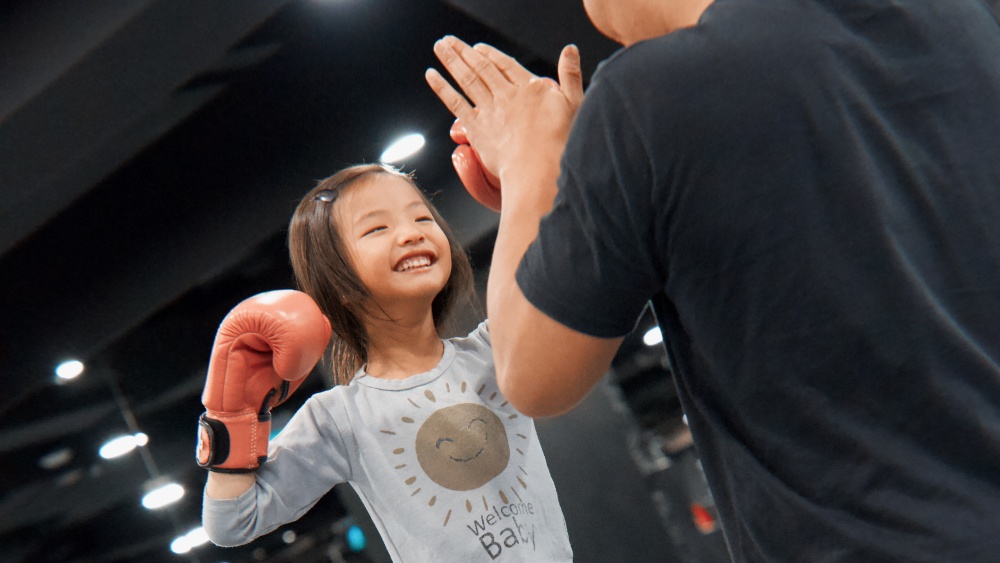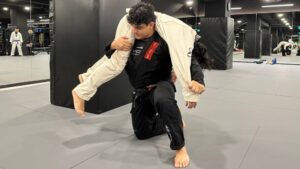Be it BJJ or Submission Grappling, the primary goal is to get into dominant positions. It allows you to set up various attacks and finish the match in your favor. While being in a dominant position is an advantage, getting into them is a challenge, as most opponents will not yield their position for the most part. While setting things up, grapplers may be put into a 50/50 position, which neither competitor has the advantage over the other. In this article, we will discuss the different 50/50 positions in grappling.
What Is The 50/50 Position In Grappling?
In grappling, being in a 50/50 position means that both competitors have the same opportunity to attack and defend when placed into one. It can be on the standup and the ground, and the grappler that takes the first attempt to attack will likely get the advantage, making it a game of chess most of the time. While it has pros and cons and can even be considered stalling, knowing how to react when in a 50/50 position is vital as it can put you on the edge of winning a match or in inferior positions. Additionally, having a set of attacks in the 50/50 in your arsenal is beneficial, and sometimes it can even be your go-to position should it fit your game.
The Different 50/50 Positions
The 50/50 position can be found in every state in grappling (standing, kneeling, and on the ground). Each offers different attack set-ups and is an essential building block for your grappling repertoire. Let’s talk about them below.
1) The 50/50 Leg Entanglement Position
The 50/50 leg entanglement position can be used to sweep and submit the opponent. This position has become popular, particularly with competitors in points-system as well as submission-only tournaments.
Being in a 50/50 leg entanglement position means that you and the opponent both have your legs crossed over (legs intertwined) – think of having your left leg crossed over the opponent’s left leg with both your feet on the outside of each other’s hips.
From a points perspective, you want to use the position to sweep. To do this, you want your intertwined feet and knees pointing outwards. In this way, you can sit up and put the opponent on their back, giving you the points while preventing them from coming up to do the same. The straight foot lock is also a viable option from this position, with the opponent’s trapped foot on top of your body.
You can finish the straight foot lock from the 50/50 with the typical straight foot lock grip or a rear naked choke grip while pinching the opponent’s leg together and looking away. Additionally, you can do this as you sit up so that you may finish the submission belly-down. For example, the inverted heel hook can also be done from 50/50.
While considering that the opponent can do the same, it’s advisable first to get your hips and knees out. Doing so positions your knees out and the opponent’s knee in, pointing towards the ceiling. This would give you more pressure and faster-breaking mechanics than the opponent, even if both of you tried to apply the inverted heel hook simultaneously.
Remember to sweep the opponent down by sitting up and attacking with the ankle locks to make the most out of this position from a grappling points perspective.
2) Standing Over-Under Position
To get as good as you can and as fast as you can in grappling, spending most of your training in the most common positions you’ll likely get into is a smart idea. In every fight, grappling, or wrestling match, athletes may end up standing in an over-under position. This means that you are chest-to-chest with the opponent and have one overhook, and your other arm grabs an underhook against the opponent.
Being in one gives both grapplers equal opportunity, and neither grappler is at an advantage. However, it depends on your movements, such as pushing or pulling the opponent or moving laterally. Most of the time, securing the 50/50 clinch means you’re a move away from securing a double underhook or a body lock. These two are among the strongest holds you may apply against the opponent in the standup, making it easier to control the opponent’s body from the position.
The standing over-under position offers different options to attack, such as trips, throws, and takedowns, allowing you to put the opponent on the mat or use the control to pin the opponent against the cage in an MMA match. Depending on how the opponent reacts from the 50/50 standing position, throws like the lateral drop are a good option if they constantly pressure forward. Another option is to enter into a shoulder throw, using your underhooking arm to shoot under the opponent’s trapped arm from your overhook as you pivot your body.
Additionally, inside and outside trips are also an option, which can be set up by moving laterally. Assuming you collected your hands together, you can attack with body lock takedowns like a simple bear hug or suplex.
3) Dogfight Position
The dogfight is a common position for half-guard players due to their attempt to wrestle up. Not only that, but dogfights can also result from defending the single-leg takedown. This position can be used to set up different sweeps and work your way to the top position.
In many ways, it is a 50/50 position where the grappler that shows more aggression will win the exchange. Named as such because of the positioning of the legs, it is when one grappler has an underhook while the opponent has an overhook also known as the “Whizzer,” on the side, and both competitors are kneeling.
In grappling, the dogfight can initiate various sweeps, and submissions, like the triangle choke. Takedowns and sweeps like the knee tap, double leg, throw-by-to-back take, or roll-over sweep are some of the common techniques from the dogfight.
Conclusion
When building a diverse grappling repertoire, a grappler must be able to attack, defend, and make something out of a neutral position. Working and setting up your attacks from the different 50/50 positions is an important piece that will level up your game in standup and on the ground. We encourage you to explore these positions to improve your Jiu-Jitsu.
You may also like:
Introduction To The Reverse Closed Guard In Brazilian Jiu-Jitsu
